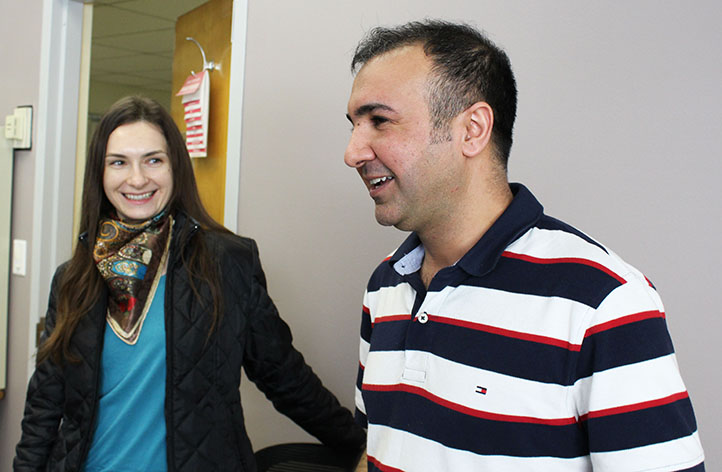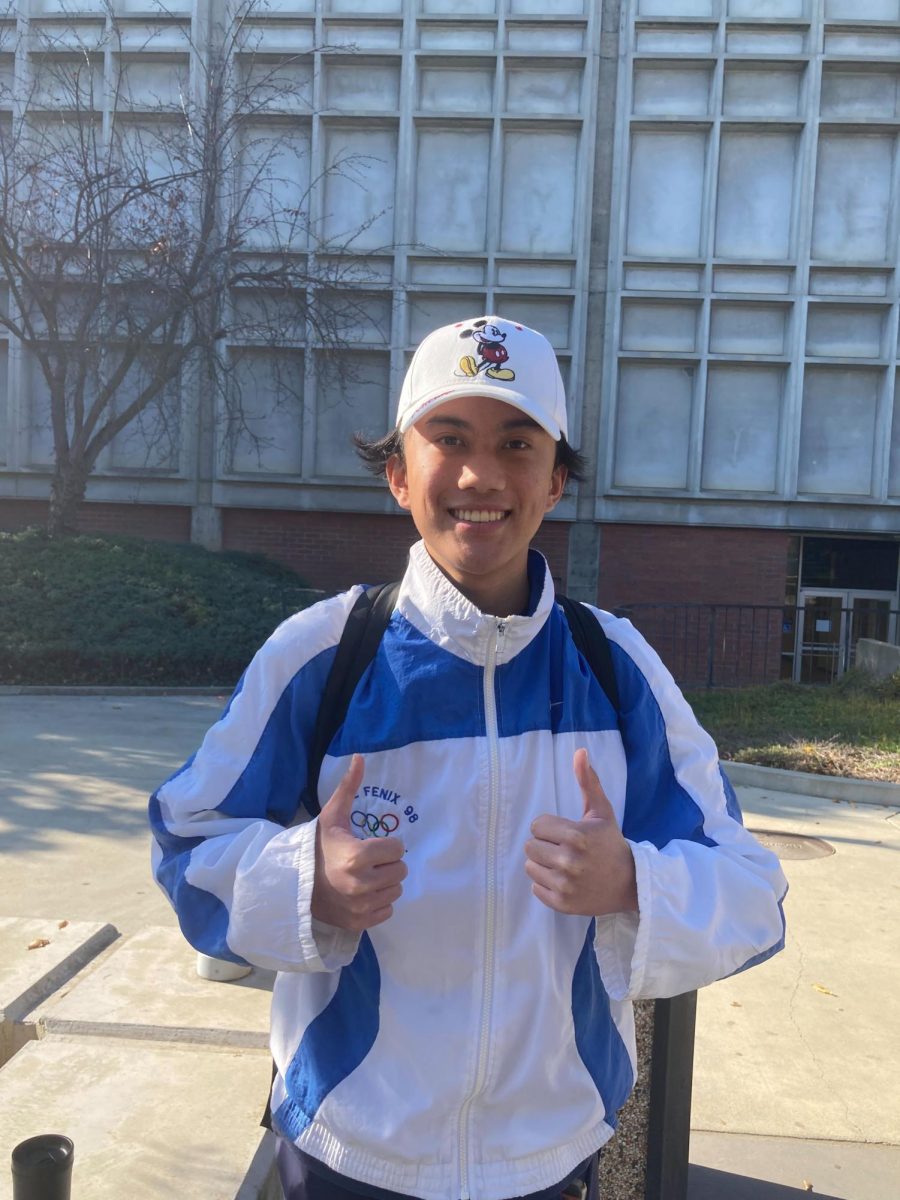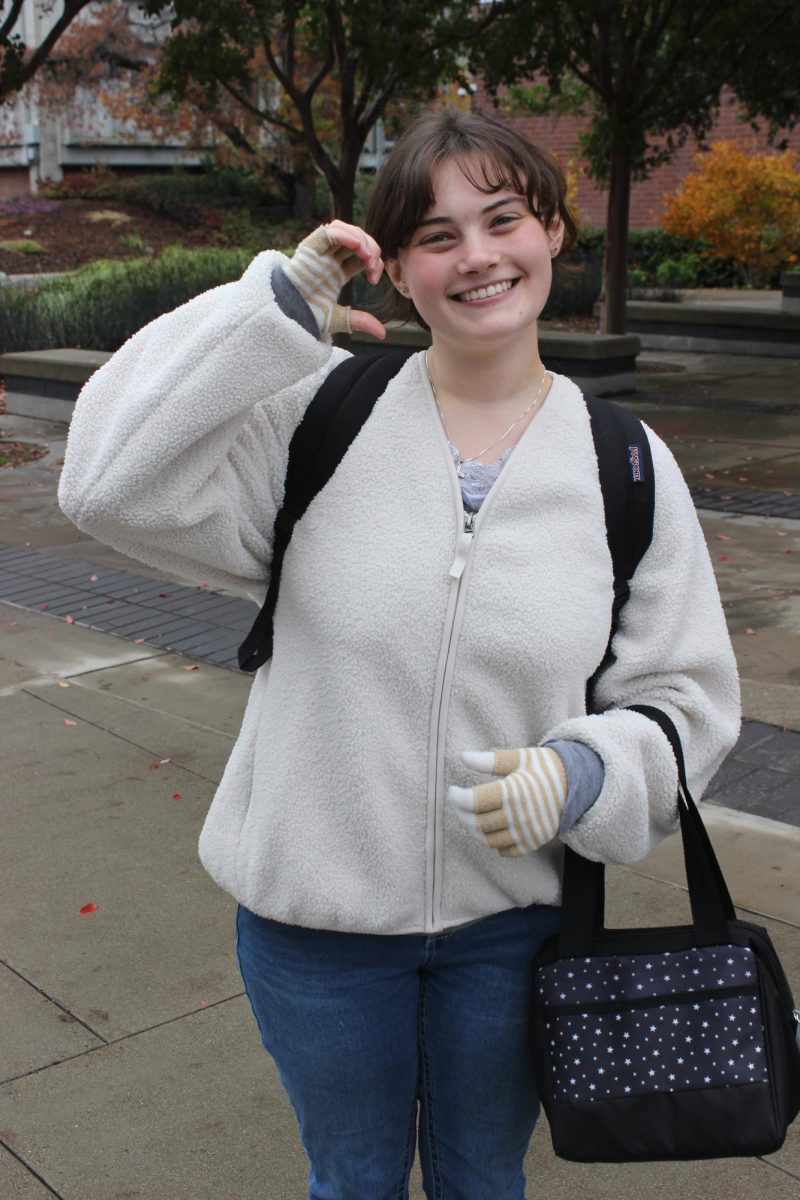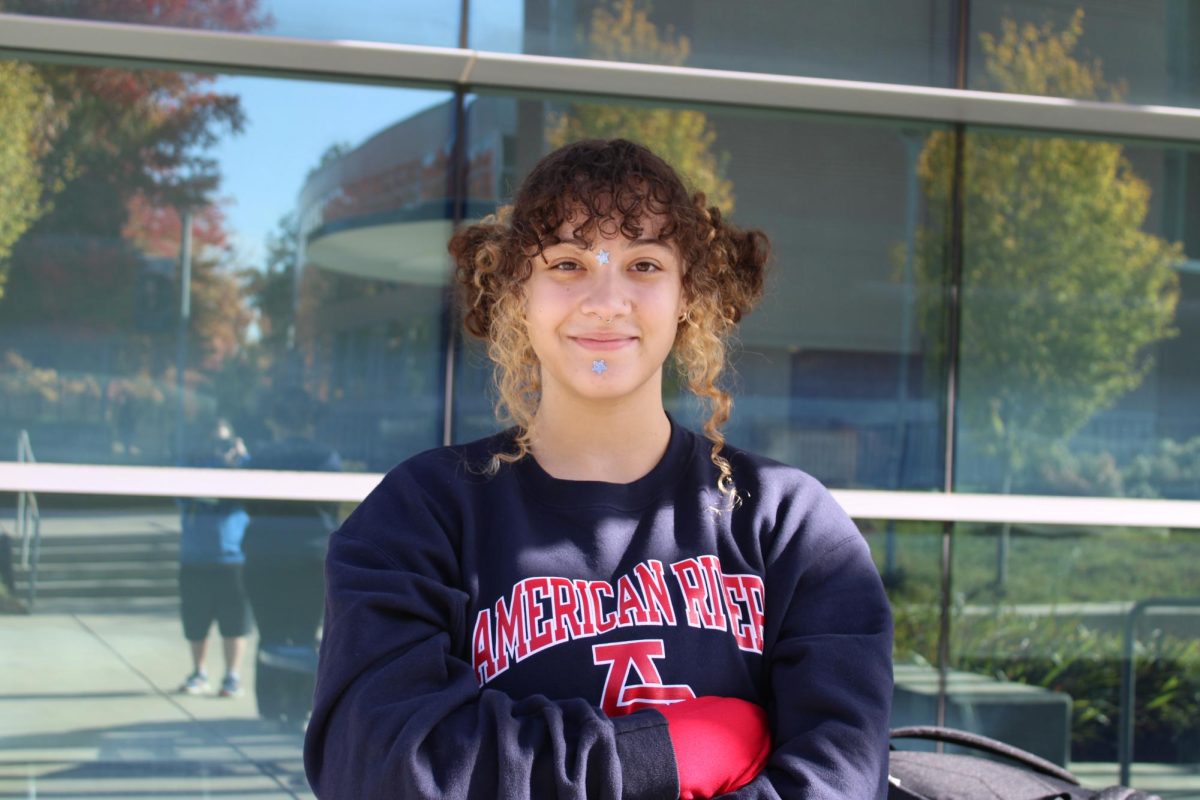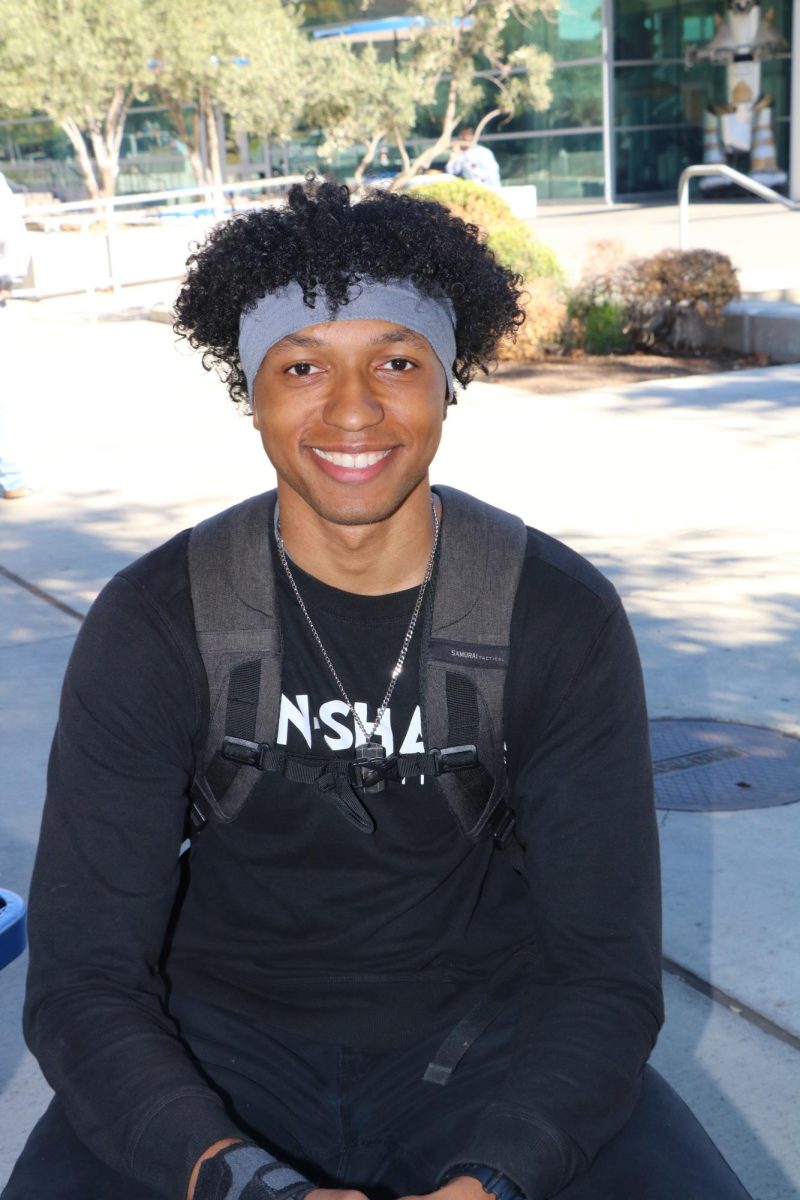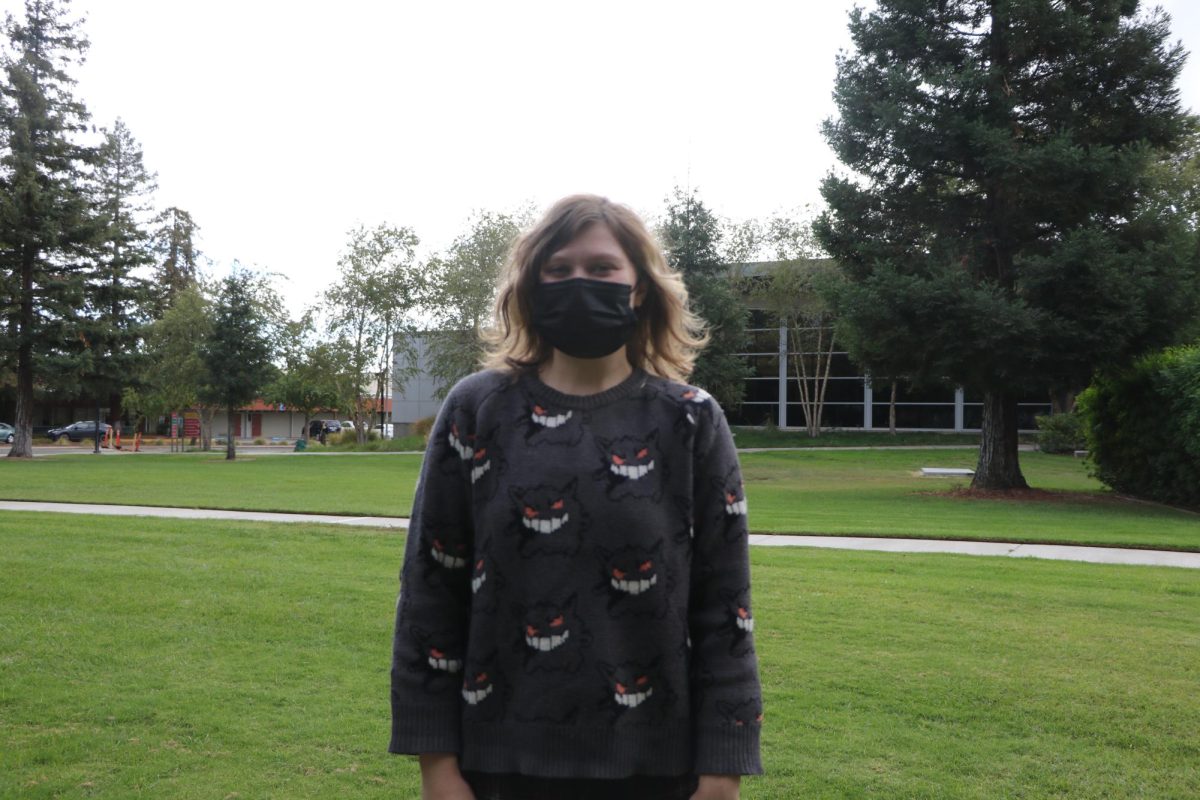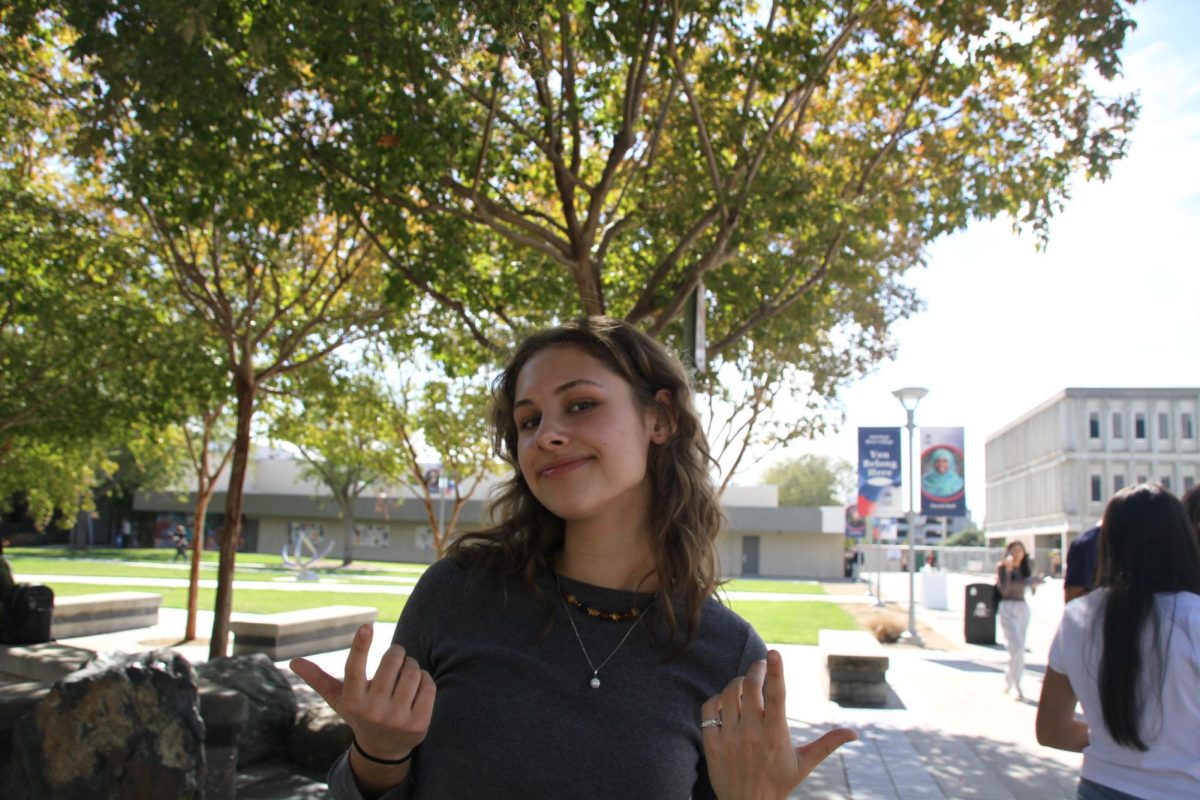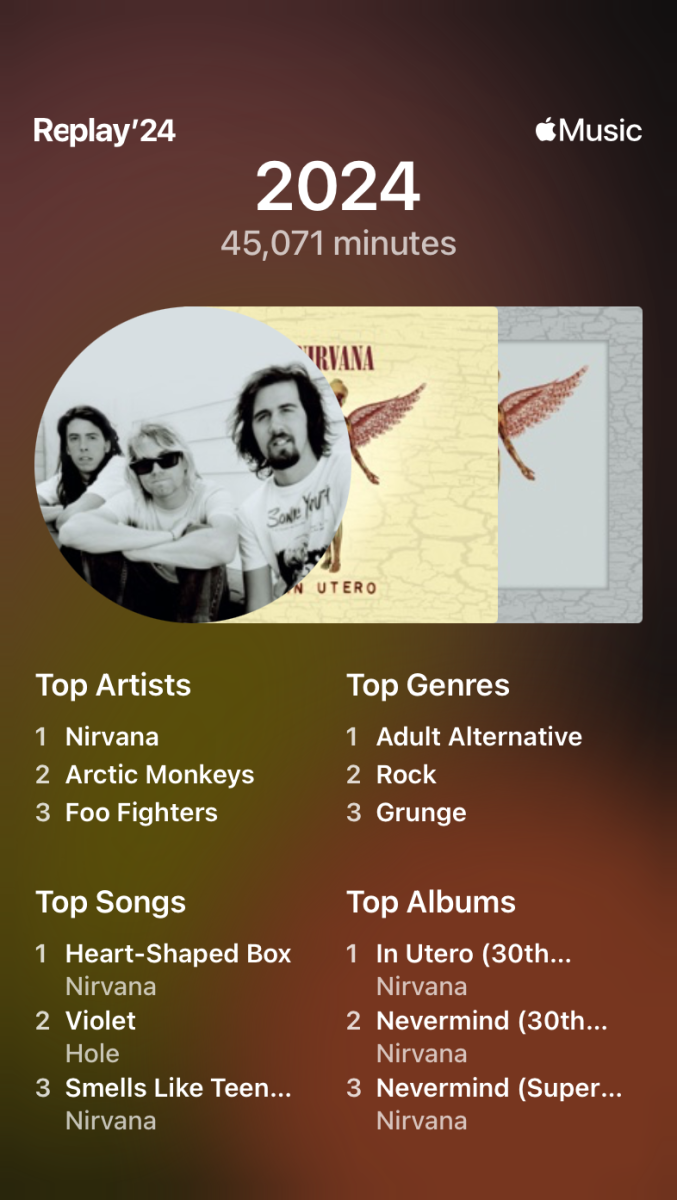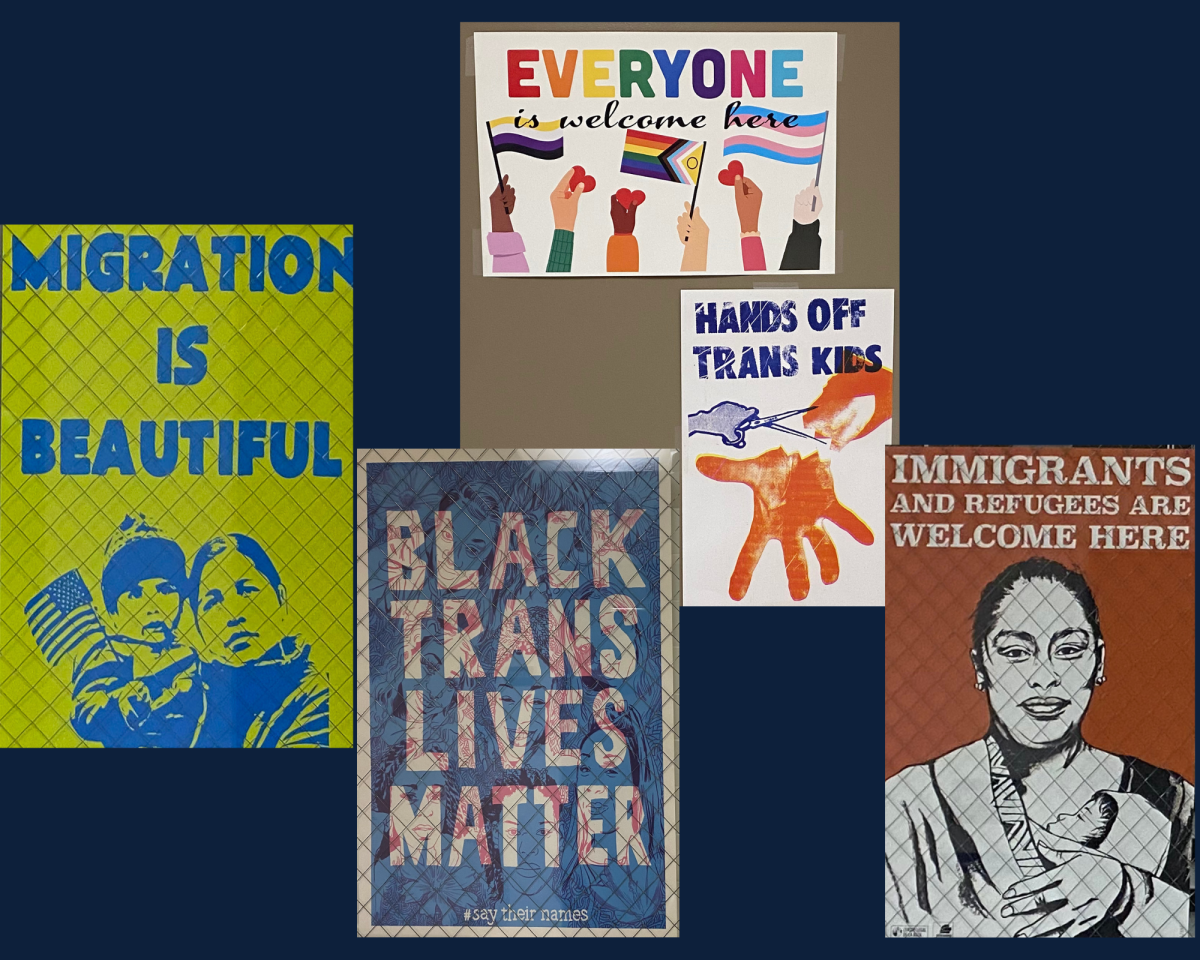By Bailey Carpenter and Itzin Alpizar
At American River College, the English as a second language (ESL) department has created a place for all international students to tell their personal stories.
The Parrot is a newsletter written in collaboration with other ESL students and staff with the purpose of giving students tips for writing exercises
The Parrot’s newest project, Parrot Voices, records and transcribes ESL students telling their personal stories about the experience of moving to the U.S.
“Everyone has a story to tell,” said Paul Bracco, an ESL professor and faculty adviser to The Parrot.
Bracco was one of the founders of the newsletter that started around 2004, but the records online started in 2006.
Currently, working on The Parrot, with Bracco, are several students and adjunct ESL professor Brenda McTighe, who is in charge of Parrot Voices.
“The purpose of the project is not only to corral the students to tell their stories, which are very interesting, but also to be a location where teachers can also send students to do listening exercises and grammar exercises – really just a resource for them,” said McTighe, “My interest in it is, first and foremost, who they are outside of the classroom… our students have so many great stories to tell. How can we get those out there?”
The participation in Parrot Voices is required by all students participating in ESL 40 and accounts for one third of the final grade in the class.
“Their [the students] involvement is usually an assignment, so they’re usually nervous about it,” McTighe said. “They’re telling it on camera and that’s nerve wracking as well, but when they see the finished project, I think they’re proud of it.”
McTighe, who was recruited by Bracco, thought the project was interesting and jumped on the opportunity to help out.
She, herself, is now recruiting anyone – students, professors and others – to work on Parrot Voices or join the ESL 40 class.
Bracco and McTighe think that this project provides important skills in the learning process of the ESL students, and gives a place for teachers to send their students “to do listening and grammar exercises.”
McTighe added that it also helps the student-workers at The Parrot to improve their English skills because they are the ones responsible for transcribing the videos.
“I believe this gives them confidence and a feeling of self-achievement,” Bracco said .
Snizhana Samiylenko, an ESL student from Ukraine, participated in the video process last semester.
Samiylenko said that she finds The Parrot very helpful for students and she really enjoyed the experience of work on Parrot Voices.
“It’s interesting to see the stories of other classmates,” Samiylenko said.
Two student-workers, for both The Parrot and Parrot Voices, Anastasia Panfilova and Mohammad Louayme, meet twice a week to work on both projects.
Panfilova, who is from Russia and a second-semester student at The Parrot, was recruited by McTighe to work on the Parrot Voices.
She just finished ESL 310 and is now taking regular English classes and working on a degree in Science.
Panfilova works alongside Louayme, who is from Ahvaz, a city in the South of Iran.
He just finished ESL 310 and now is enrolled in ESL 320 and plans to major in Journalism and Mass Communications.
Panfilova and Louayme said that working on Parrot Voices is an easy but long process.
During the term, the students from the ESL 40 class are prepared with the necessary skills to record the videos.
When they are ready, Panfilova and Louayme film the students. Then, they transcribe each video to English subtitles, and finally, they ask the students for their permission to post the videos up on YouTube.
Louayme said that the process isn’t that bad because the deadline for some projects are not the same than others, so they won’t print or release what they have at the same time.
Right now, they still have around 18 videos left to transcript from last fall.
Panfilova and Louayme clarified that they don’t enroll in any classes to work on The Parrot and that they are part-time employees who receive payment for their work.
They said that it is a great opportunity because part of the problem that ESL students have is finding somewhere to work in the U.S. because of the language barriers.
Panfilova and Louayme have not been recorded on any videos yet and they want everyone else to get involved in The Parrot, even non ESL students.
The future plans for Parrot Voices is to reach more people involved in the ARC community, such as professors, staff and other students in order to unify the community.
“We’d really like to get stories from staff who are from other countries and we hope to have a staff section on the website,” McTighe said.
The Parrot prints five to seven times each term and Parrot Voices videos can be found on the English as a second language section of the ARC website.
For more information about the projects, search for professor Paul Bracco at the Humanities Office D337 (Davis Hall), call at (916) 484-8988 or e-mail [email protected].


